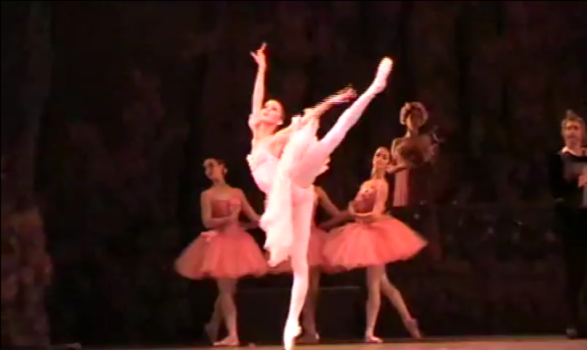 Hypermobility is not always something to aspire to. Although it is useful for a dancer to be flexible to enable the body to achieve what it is asked in dance, the swayback knees, flexible spine and high arched feet can also have their drawbacks. Dancers who have these attributes generally don’t have to work hard to be flexible, due to their inherited joint flexibility (their connective tissue which binds the body together is not as tightly woven together).
Hypermobility is not always something to aspire to. Although it is useful for a dancer to be flexible to enable the body to achieve what it is asked in dance, the swayback knees, flexible spine and high arched feet can also have their drawbacks. Dancers who have these attributes generally don’t have to work hard to be flexible, due to their inherited joint flexibility (their connective tissue which binds the body together is not as tightly woven together).
Whilst it may seem a hardship to have to work for flexibility, there are clear drawbacks to hypermobility and far reaching consequences. Dancers who are hypermobile will also have flexibility where they do not need it, such as in their finger joints, wrists, elbows and knees, even their skin. As a result, it is difficult for these dancers to build strength, control and stabilise their bodies; wear and tear and even dislocation can take place.
All dancers need good stability around joints, but the hypermobile dancer needs it even more to counteract the lack of restriction and protection in their ligaments. The condition must therefore be handled with care, in order to coordinate their bodies and so not to compromise balance and correct alignment. If this is not ensured, overuse injuries and trauma can occur.
It is important to understand the requirements of the hypermobile body, so the beautiful lines and flexibility can be displayed once strength, stability and coordination have been acquired. It is clear in dance that different body types require a different emphasis on certain part of training, so understanding the hypermobile body means dancers can train with realistic aims. Ensuring there is stability and control in the dancer through increased strength is imperative, meaning cross training is necessary for this particular body type.
